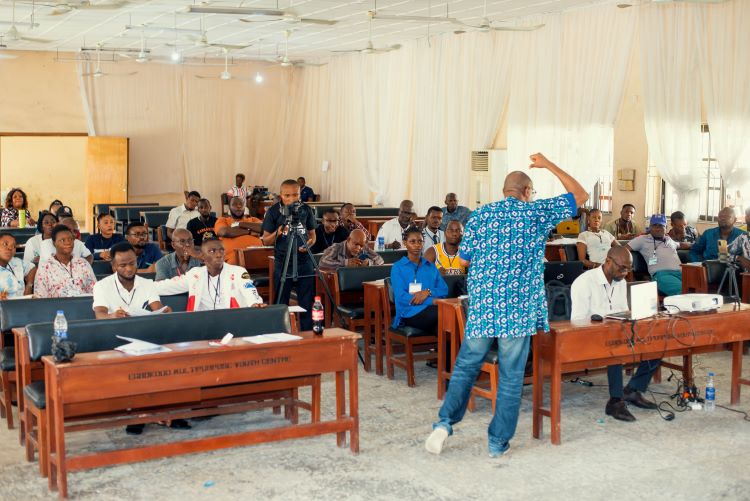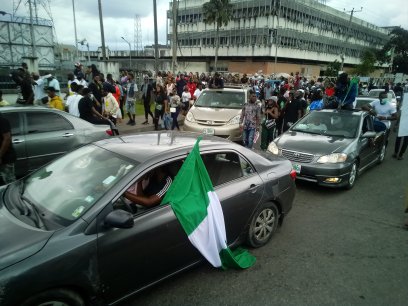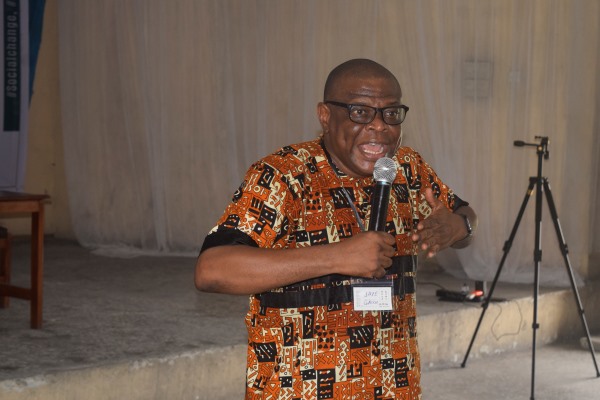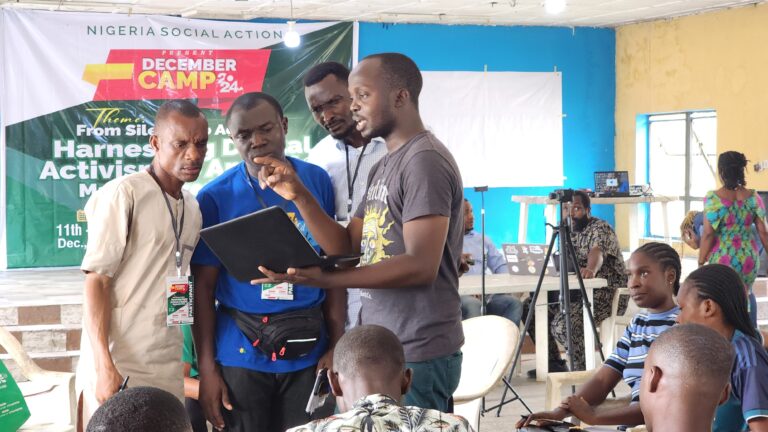The Youths and Political mobilization in the 2023 election in Nigeria. Reflection on Challenges and Prospects
In a lecture delivered at the Nigeria Social Action (Harmattan) Camp on Wednesday, December 6th, 2023, Comrade Jaye Gaskia asserted that while youth are conventionally defined by age, in the context of the discussion, they could also be distinguished by political currents and the similarities and differences in their social and political classes and experiences. He defined mobilization as the act of bringing people together for a common purpose and suggested that it could manifest as a moment, a current, or a movement.

Comrade Jaye characterized a political moment as a brief, fleeting period of intense struggle lacking definitive leadership but holding significant importance. He described a “current” as the amorphous, general direction of political thought or action within a given moment. In contrast, a political movement, he explained, involves a group of people with shared aims working together, marked by a structured and strategically organized approach that serves as the foundation for the movement’s sustainability.
He recounted the active roles played by youth in pivotal events such as the anti-Structural Adjustment Program (SAP) protests in the 1990s, the Occupy Nigeria uprising in 2012, the protests against the Special Anti-Robbery Squad of the Nigeria Police (#EndSars movement) in 2020, and the “Obedient Current” in Nigeria. Comrade Jaye argued that for the critical masses to make meaningful progress in their struggles, organization and active participation on the ground are imperative.

Moreover, he reminded participants of the seven essentials of a movement:
- Organization: Establishing a definitive structure.
- Mobilization: Bringing people together and rallying them for a specific purpose.
- Fostering a culture of leadership at every level with a clear path for advancement. A movement must have a culture of leadership that implies that at every level of the movement, members are able and capable of exercising leadership and there must be a clear path for members to aspire and advance from the lowest rung to the top of the ladder.
- Initiative: Encouraging innovation and the ability to take calculated risks.
- A movement most have a purpose that defines what it is fighting for and should be uniformly understood by members of that movement. Members must be able to agree on issues as represented or views held by the movement at all times and in every locations.
- A movement must have its own politics, which is the relationships that it builds in its struggle. The connections and alliances with partners and collaborators and the relationships with those or the system the movement is fighting against.
- If a moment has all the six mentioned attributes but lacks autonomy, then the movement is likely to implode. The independence of a movement is, largely, the sustainability and longevity factor of the movement.
Comrade Jaye emphasized the need for effective youth participation in politics and engagement in 2027, urging a critical consideration of these characteristics. He proposed five dynamics that shape a movement and its purpose:
Resilience and Solidarity
Organization and Coordination (Internal and External)
Class Character and Class Struggle
Leadership and Consciousness
The Moment and the Movement
In conclusion, he asserted the possibility of effecting societal change through elections but emphasized that mobilization, especially among the youth, should draw lessons from the session, and preparation for such endeavours should commence promptly





